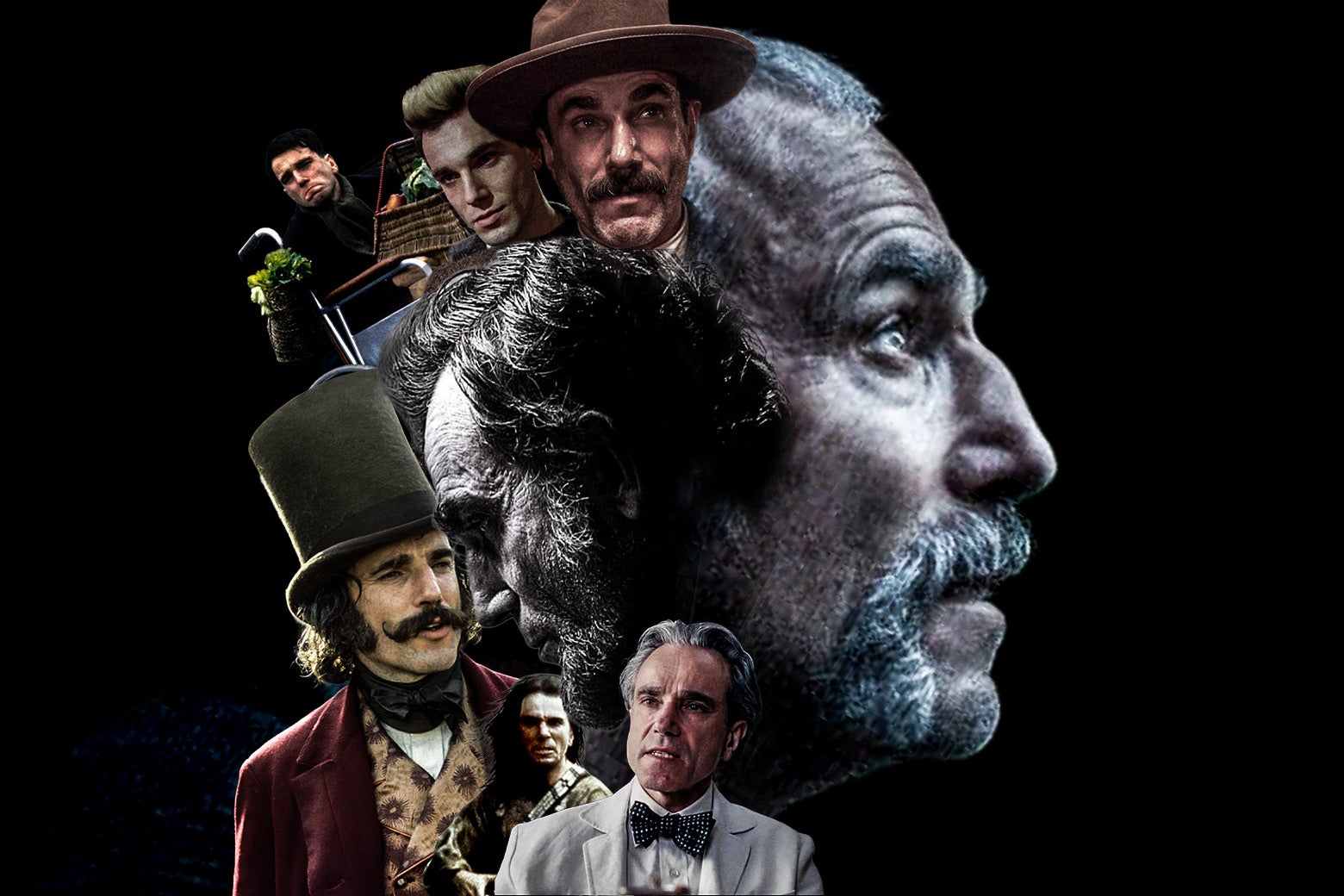
"Daniel Day-Lewis can't seem to stay retired. Anemone, his new movie, ends his second major hiatus from acting, this one lasting since 2017's Phantom Thread. It also finds him not only writing for the screen for the first time but working with his son, Ronan Day-Lewis, who directed the film and shares writing credit. concerns two brothers, Jem (Sean Bean) and Ray (Day-Lewis), both ex-soldiers who served on the British side of the Troubles in Northern Ireland."
"Ray has been in hiding off the grid for over 15 years, and Jem has arrived at his cabin to convince him to return to civilization in order to help Brian, a teenager who Ray fathered but Jem has raised. The contours of the film are familiar: The two brothers, we can be fairly sure, will booze and bond and snipe at each other until some cathartic recitation of past traumas, after which Ray will leave with Jem for civilization."
"What gives Anemone its charge is its unrelenting intensity, an intensity that thrums not only in the performances but in the very literary dialogue-"we learnt our violence from the world champion," is how Ray describes their traumatic upbringing-and the 27-year-old Ronan Day-Lewis' precocious command of the language of cinema. Metaphors and symbols abound. Ronan, whose main artistic practice is painting, has a visual sensibility that is as detailed and relentless as Daniel's acting."
Anemone ends Daniel Day-Lewis's second major acting hiatus and gives him his first screenwriting credit, directed and co-written by his son Ronan Day-Lewis. The story follows brothers Jem (Sean Bean) and Ray (Day-Lewis), former British soldiers from the Troubles, as Jem tries to pull reclusive Ray back to civilization to help Brian, a teenager Ray fathered and Jem raised. The film relies on intense, literary dialogue and sustained emotional pressure, with metaphors and symbols layered throughout. Ronan's painterly visual sensibility matches the performances' relentlessness, producing a charged exploration of fathers, sons, violence, and memory.
Read at Slate Magazine
Unable to calculate read time
Collection
[
|
...
]